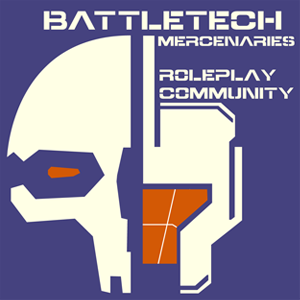Western Alliance
Led by the British Prime Minister, leaders of the various Western powers merge NATO and the European Common Market into the Western Alliance.
History
Following the end of the Second Soviet Civil War in 2014, leaders of the various Western powers led by the British Prime Minister meet in the newly reunited Berlin to discuss the Prime Ministers call for "a new alliance of Western nations".
Most of the existing NATO member nations and the European Common Market agree to merge and form the fledgling Western Alliance. However the last superpower in the world, the United States of America, was reluctant to join fearing it's loss of power and prestige. When the Western Alliance threatened to boycott all American products and resources, the United States finally joined and the Western Alliance grew considerably.
As a product of the Second Soviet Civil War, seven independent Russian States were formed. These nations were not immediately welcomed into the Alliance but began a ten year probationary period until they were finally granted membership in 2024.
Possibly due to lessons learned during the Second Soviet Civil War, the Western Alliance created the Western Alliance Armed Forced (WAAF). The WAAF was the first attempt at a single military under a single command structure contributed to by all member nations.
WAAF military action against the Asian Co-Prosperity Sphere (ACPS) in 2023 led to the signing of the Osaka Agreement in 2024 allowing admittance of the member ACPS nations to the Western Alliance.
January 2016 saw the creation of the Alliance Space Command (ASC) with headquarters located on Crippen Station.
By 2086 over 120 nations, more then 80% of the Earth's population, had joined the Western Alliance. Because of its now global nature, the Western Alliance changed its name to the Terran Alliance.
Accomplishments
The Western Alliance presided over many technological advances in scientific research and exploration. The first fusion reactor, the first manned missions to Mars and the first interplanetary exploration, the Magellan Program, all occurred during the relatively peaceful period of the Alliance.
Known Member Nations
- United States of America
- Great Britain
- Democratic Republic of European Russia
- People's Union of Kazakh
- Islamic Republic of Turkmen
- Soviet Socialist Republic
- Democracy of Yakut
- Magadan Socialist Republic
- Confederation of Free Orient Peoples
- China
- Japan
- Korea
- Hong Kong Collective
- Members of NATO
- Members of the European Common Market
- Republic of India
References
- DropShips and JumpShips, p. 6
- The Star League, pp. 7-9


